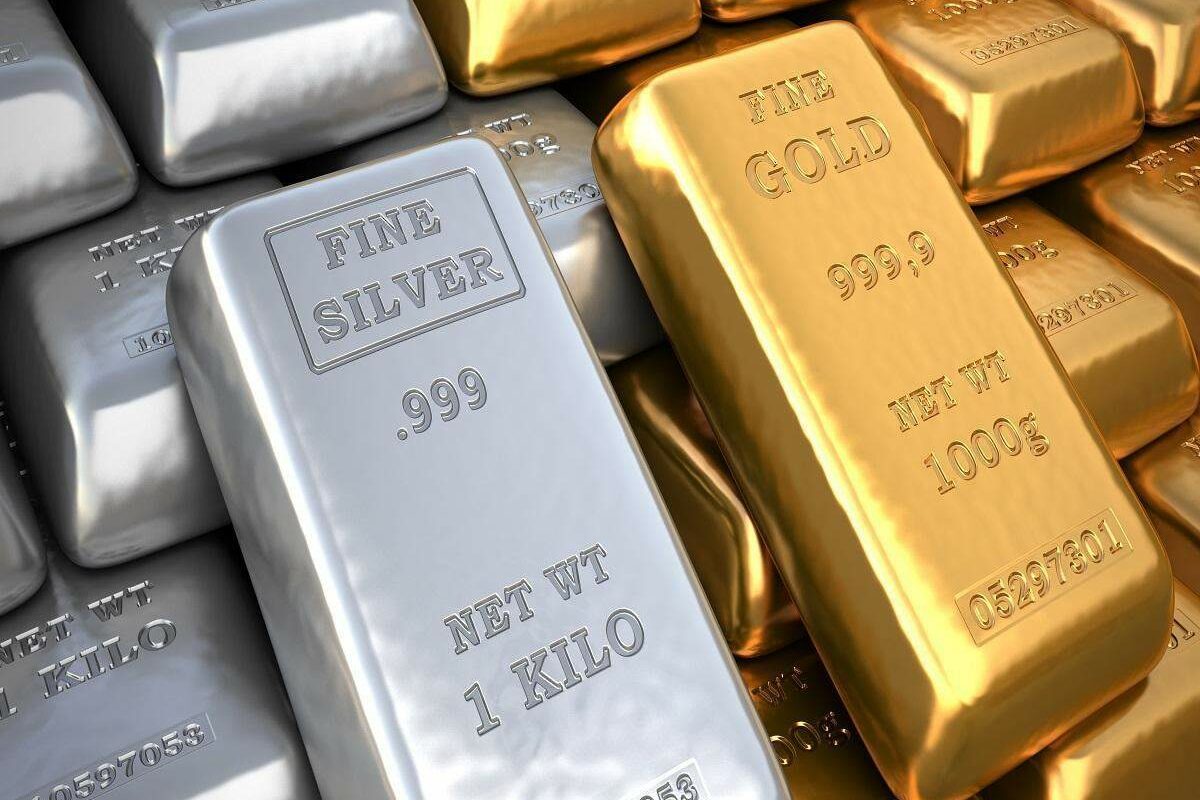Selby has agreed to issue Silver ETFs to mutual fund companies, opening up another avenue of investment for investors. This gives more scope to diversify the portfolio of items beyond gold. But should it be in your portfolio? What are the lessons of Gold ETFs for investors?
Until now, silver was only available in the futures sector as an investment option. Some are comfortable with its intricacies. As a result, silver does not find a place in most portfolios, except for holdings in its physical form. But just like physical gold, holding pure silver comes with its difficulties. Storage and security is a big concern, it requires a personal locker or one in a bank branch. Further, silver may contain impurities in its physical form which may affect its value.
Also, there may be a charge for purchasing silverware or other items. In ETF format, these problems do not arise. Like Gold ETFs, each unit of silver ETF you have will be backed by an equivalent amount of physical silver stored in safe vaults. Ankur Maheshwari, CEO, Equirus Capital, Wealth Management, said, “ETFs will provide a better way to own silver with more realistic prices and better liquidity.”
Experts say that like gold, silver can be used as a diversifier in your portfolio. But if you expect silver ETFs to offer the same diversity benefits to gold, you are wrong. While both are precious metals, gold and silver prices are driven by different factors. For example, 50% of silver demand comes from industrial use. “Silver has maintained its demand for decades as it is a cheaper metal than gold and has various applications, especially in the industrial market,” said Preeti Rathi Gupta, founder of LXME. Gold prices, on the other hand, are driven by investors’ perceptions of strength in Fiat currencies, mainly through the US dollar. It is seen as a safe haven that can save value in times of economic turmoil.
Faced with different dynamics, the prices of silver and gold go in different directions. The calculation of industrial consumption according to the speed of economic consumption can work for or against silver for half of its demand. Silver often goes from year to year without seeing significant price movements and then shows sharp increases over a short period of time. “Silver is cheaper than gold, but it is more volatile than yellow metal as it is a retailer,” says Tarun Birani, founder of TBNG Capital Advisors. Recently, silver has risen 57% since March last year, although gold has gained 13%. Against the backdrop of this sharp performance, the gold-silver ratio is significantly lower than last year’s three-decade high. This ratio represents the price of gold as a multiplier of the price of silver. A low gold-silver ratio generally indicates that the yellow metal is likely to perform well in the near term, while a high ratio indicates that silver may perform well in the future. Clearly, at current relative prices, the favorable phase for silver is lagging behind in the near term.
For these reasons, investors should consider gold and silver as separate investments, even if they fall into the realm of commodities. Most experts believe that gold alone is enough as a diversity vehicle for anyone’s portfolio beyond equity and fixed income. Silver can be considered an additional diversifier without going too far into the commodities basket. Kaustubh Belapurkar, Director-Manager Research, Morningstar India, insists, “Investors should consider their investment and distribution as silver prices can be as volatile as any other commodity.” Experts recommend limiting the distribution of items to 10-15% of the portfolio.
Further, if anything is to go down in history, investors should not immediately jump into silver ETFs. Liquidity in ETFs is critical for experiencing full returns. To get an idea, investors can learn from the way Gold ETFs have been operating over the years. Many gold ETFs initially suffer from poor trading volume, which hinders investors’ ability to enter and exit the desired price. In the absence of liquidity, the market price of each unit can be traded at a distance of the actual fund NAV. The Gold Fund of Funds (FOF), which came on the heels of gold ETFs, found a way out of this problem as units can be bought and sold directly with the fund house. “After the initial setbacks, gold ETFs are also more liquid now and the spot is tracking gold prices closely,” says Maheshwari. Investors can either wait for the silver ETF to generate sufficient liquidity or wait for the launch of the silver FOF so that liquidity is completely eliminated. Birani warns, “Liquidity and tracking errors for at least six months before investors invest in any upcoming silver ETFs.
Disclaimer: The views, suggestions, and opinions expressed here are the sole responsibility of the experts. No journalist was involved in the writing and production of this article.


